Feeding cherry shrimp involves a balanced mix of plant-based food, pellets, and occasional protein sources. The ideal diet encourages their growth and overall health, and they also help clean the tank by consuming algae and detritus.
involves a balanced mix of plant-based food, pellets, and occasional protein sources. The ideal diet encourages their growth and overall health, and they also help clean the tank by consuming algae and detritus.
When I first started keeping cherry shrimp in my aquarium a few years back, I was completely lost in understanding their dietary needs. There were so many questions on my mind, ranging from ‘What’s the best food for them?’ to ‘How often should I feed them?’. The myriad of advice available online only added to my confusion.
Over time, I embarked on a learning journey that involved a lot of trial and error, meticulous observation, and even a touch of culinary creativity. Today, I feel more confident about their dietary needs and how feeding impacts their overall health and well-being.
This article is a culmination of those years of experience and learning. Through this guide, I aim to shed light on the nutritional needs of cherry shrimp, effective feeding schedules, and the role of their diet in ensuring their happiness and longevity. Join me as we dive deep into the world of cherry shrimp nutrition and diet!
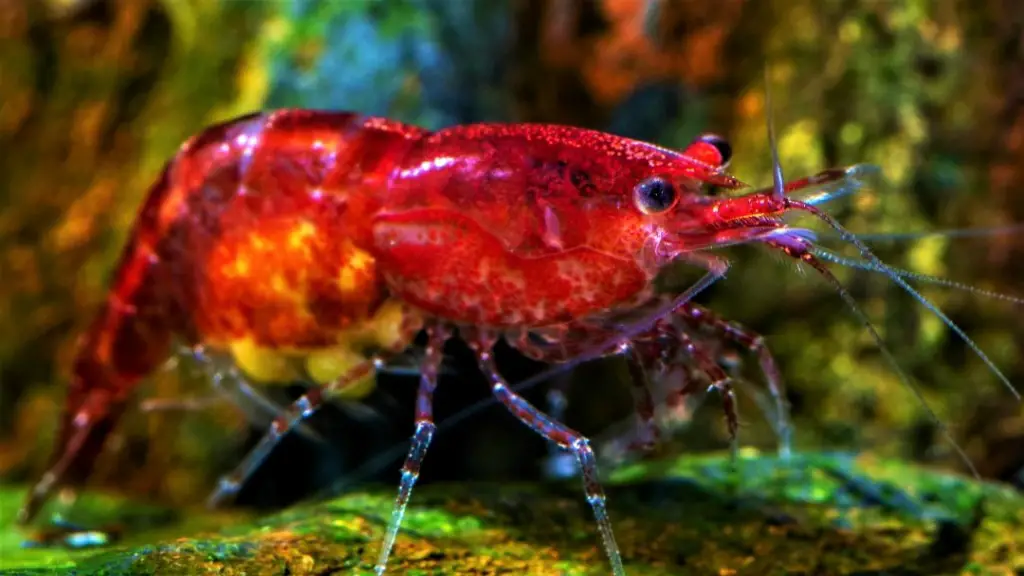
Brief Description of Cherry Shrimp
Cherry Shrimp , also known as Neocaridina davidi or Red Cherry Shrimp, are one of the most popular freshwater invertebrates for aquarium hobbyists. These small, brightly colored creatures hail originally from Taiwan and are loved for their active behavior, hardiness, and ease of care.
, also known as Neocaridina davidi or Red Cherry Shrimp, are one of the most popular freshwater invertebrates for aquarium hobbyists. These small, brightly colored creatures hail originally from Taiwan and are loved for their active behavior, hardiness, and ease of care.
They typically grow to about 1.6 inches in length and are renowned for their stunning red coloration, which can vary from pale pink to deep, dark red. This color intensifies based on factors like diet, genetics, and overall health. Their lifespan averages around one to two years, but with proper care, they can exceed this.
Importance of understanding their diet
Understanding the diet of Cherry Shrimp is crucial for several reasons. Firstly, their diet plays a significant role in their health and longevity. A well-fed shrimp is more likely to live a longer, healthier life, and have better immunity against diseases.
is crucial for several reasons. Firstly, their diet plays a significant role in their health and longevity. A well-fed shrimp is more likely to live a longer, healthier life, and have better immunity against diseases.
Secondly, the diet of Cherry Shrimp directly impacts their color vibrancy, a key attribute that attracts hobbyists. Lastly, understanding what Cherry Shrimp eat
vibrancy, a key attribute that attracts hobbyists. Lastly, understanding what Cherry Shrimp eat is essential for their breeding. Proper nutrition is necessary for the shrimp to reproduce and for the survival and development of the offspring.
is essential for their breeding. Proper nutrition is necessary for the shrimp to reproduce and for the survival and development of the offspring.
A well-fed Cherry Shrimp will actively clean the aquarium, contributing to a healthier and more visually pleasing environment. Therefore, learning about the dietary needs and preferences of Cherry
will actively clean the aquarium, contributing to a healthier and more visually pleasing environment. Therefore, learning about the dietary needs and preferences of Cherry Shrimp is not only beneficial for the shrimp themselves but also for the overall health of the aquarium ecosystem.
Shrimp is not only beneficial for the shrimp themselves but also for the overall health of the aquarium ecosystem.
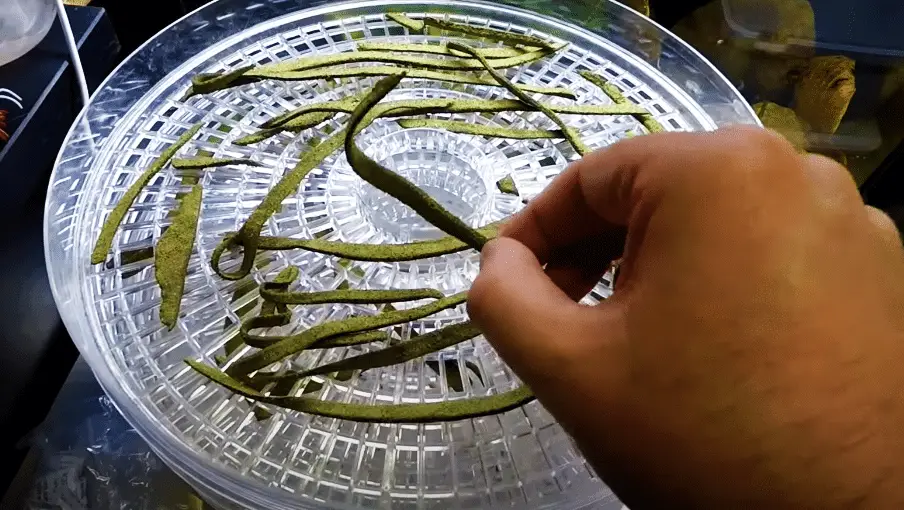
The Natural Diet of Cherry Shrimp
In their natural habitat, Cherry Shrimp are omnivorous scavengers, feeding on a diet of plant matter, algae, biofilm, and small invertebrates. These tiny shrimps are not picky eaters and will consume almost anything they come across.
Algae and biofilm, a layer of microorganisms that forms on surfaces, are staple food sources for Cherry Shrimp in the wild. They use their small claws to scrape off these nutritious food sources from rocks, plants, and other surfaces.
The Cherry Shrimp’s diet also includes decaying plant matter, which provides them with a variety of essential nutrients. This plant detritus often includes fallen leaves, stems, and other plant residues. They also consume microorganisms like bacteria and protozoa that they find in the biofilm or in the water column.
Essential nutrients present in their natural food sources
The diet of Cherry Shrimp in the wild is rich in a variety of essential nutrients, which contribute to their growth, health, and coloration.
Algae and biofilm, their primary food sources, are rich in vitamins and minerals. They contain essential nutrients such as calcium, which is crucial for the development of their exoskeletons, and iodine, necessary for proper molting.
The decaying plant matter they consume provides them with a range of nutrients, including carbohydrates, proteins, and fiber. These nutrients are necessary for energy, tissue repair, and digestive health.
The small invertebrates that they occasionally feed on supply them with protein, a vital nutrient for growth and regeneration. The consumption of these creatures also introduces additional vitamins and minerals into their diet.
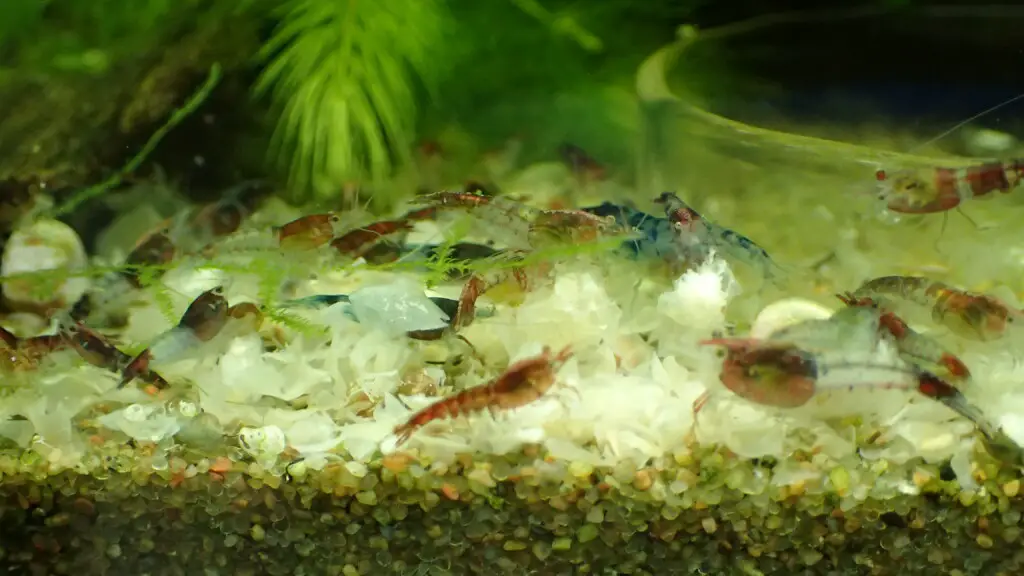
What Do Cherry Shrimp Eat in Aquariums?
In a captive setting such as a home aquarium, Cherry Shrimp maintain their omnivorous and scavenging habits. They will eagerly consume a variety of food sources that mimic their natural diet. Here are some common food items for Cherry Shrimp in home aquariums:
- Commercial Shrimp Food: These are specially formulated to provide a balanced diet for shrimp. They come in different forms like pellets, granules, or wafers and usually contain a mix of vegetable matter and proteins.
- Algae Wafers: Algae is a significant part of Cherry Shrimp’s diet, and these wafers are an excellent supplement, especially in newer tanks where the algae haven’t had a chance to grow.
- Vegetables: Blanched vegetables like zucchini, spinach, lettuce, cucumber, peas, and carrots are well-accepted. They are a great source of vitamins and fiber.
- Decaying Plant Matter: If you have live plants in your aquarium, the decaying leaves will be a natural food source.
- Biofilm: This is a layer of microorganisms, including bacteria and fungi, that naturally develops over time on surfaces within the aquarium. It’s an excellent source of nutrients for Cherry Shrimp.
- Occasional Protein: Small amounts of protein can be provided through foods like bloodworms, brine shrimp
 , or daphnia.
, or daphnia.
How often should Cherry Shrimp be fed?
Cherry Shrimp are not overly demanding when it comes to feeding frequency. In a well-established tank with enough biofilm and plant matter, they may not require daily feeding. However, if these sources are lacking, a small amount of food every other day is usually sufficient.
frequency. In a well-established tank with enough biofilm and plant matter, they may not require daily feeding. However, if these sources are lacking, a small amount of food every other day is usually sufficient.
Observing the shrimp can also guide feeding frequency. If the food is gone within a few hours and the shrimp still seem active and searching, they might need more. On the other hand, if food is left uneaten, it can decay and affect water quality, so it may be necessary to reduce feeding.
frequency. If the food is gone within a few hours and the shrimp still seem active and searching, they might need more. On the other hand, if food is left uneaten, it can decay and affect water quality, so it may be necessary to reduce feeding.
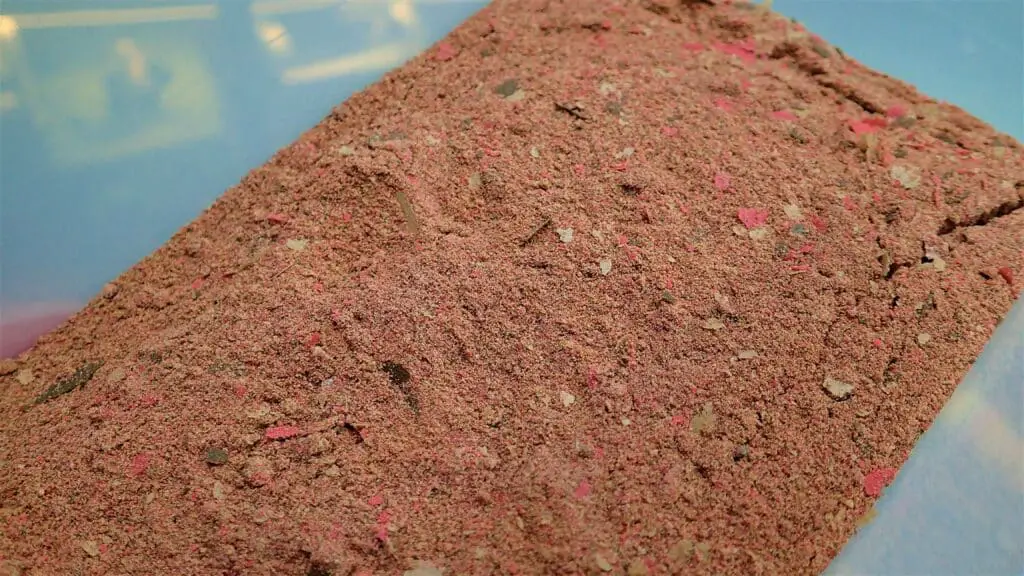
Understanding the nutritional needs of Cherry Shrimp
A balanced diet for Cherry Shrimp should include a variety of nutrients. They require carbohydrates and fibers, typically obtained from plant matter, for energy and digestive health. Proteins are necessary for growth and repair, while fats provide energy and help absorb vitamins.
Vitamins and minerals are crucial too. For instance, calcium and iodine are necessary for the development and shedding of their exoskeleton. Vitamin A enhances coloration, and B vitamins are essential for overall health.
Providing a balanced diet that caters to these nutritional needs will ensure the health and longevity of Cherry Shrimp in captivity.
Detailed Analysis of Cherry Shrimp Diet
Plant matter forms a significant portion of the Cherry Shrimp’s diet, both in the wild and in captivity. It provides essential nutrients such as carbohydrates, fibers, and some proteins that are vital for the shrimp’s health and wellbeing.
Carbohydrates serve as a primary source of energy, helping the shrimp carry out its daily activities such as searching for food, cleaning the tank, and reproducing.
Fibers, on the other hand, aid in digestion. They ensure the smooth functioning of the shrimp’s digestive system and help prevent potential issues such as blockages.
Plant matter also supplies a modest amount of protein, which is essential for growth and tissue repair. This is especially important for younger shrimp and for females during breeding season.

The importance of algae and biofilm
Algae and biofilm are the primary food sources for Cherry Shrimp and provide them with a myriad of nutrients. They are rich in vitamins and minerals, including calcium and iodine, which are essential for the shrimp’s exoskeleton development and successful molting.
Biofilm, a thin layer of microorganisms that forms on surfaces, is a natural food source for Cherry Shrimp. It consists of bacteria, fungi, and protozoa, which provide the shrimp with proteins and other essential nutrients.
Algae and biofilm also serve as a constant food source. This is especially important in a well-established tank where the shrimp can graze on them whenever they feel the need, thus reducing the risk of overfeeding or underfeeding.
Protein sources for Cherry Shrimp
Protein is a crucial component of the Cherry Shrimp’s diet. It is essential for growth, tissue repair, and reproduction. In the wild, Cherry Shrimp get their protein from small invertebrates, microorganisms found in biofilm, and decaying plant matter.
In captivity, protein can be supplied through commercial shrimp food, which often contains a mix of plant-based and animal-based proteins. In addition, occasional feedings of bloodworms, brine shrimp, or daphnia can provide a protein boost.
However, it’s important to note that while proteins are essential, Cherry Shrimp should not be overfed with high-protein foods as it can cause molting issues and other health problems. A balanced diet with a variety of food sources is the key to healthy, happy shrimp.
How to Feed Cherry Shrimp
Commercial foods are specially formulated to meet the dietary needs of Cherry Shrimp, making them a convenient choice for hobbyists. They come in various forms, including pellets, granules, wafers, or sticks, and typically contain a balanced mix of plant matter and animal proteins. Here are some recommended commercial foods for Cherry Shrimp:
- Hikari Shrimp Cuisine: This product is specifically designed for shrimp, providing balanced nutrition and promoting color vibrancy.
- Fluval Bug Bites Shrimp Formula: This formula contains black soldier fly larvae, offering a high-protein diet.
- Dennerle Shrimp King Complete: This is a well-rounded shrimp food made from over 30 natural ingredients.
- GlasGarten Shrimp Dinner:
 A comprehensive food that supports growth, color, and breeding.
A comprehensive food that supports growth, color, and breeding.
Remember, even with commercial foods, variety is key. Rotating different types of food can provide a range of nutrients, which is beneficial for the shrimp’s overall health.
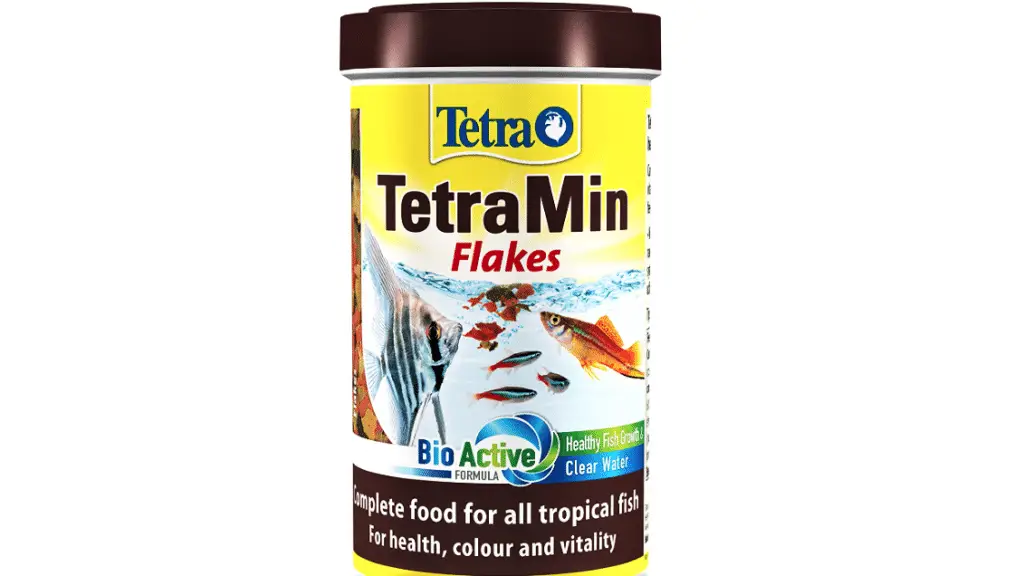
Homemade food recipes for Cherry Shrimp
Feeding Cherry Shrimp homemade food is another excellent way to ensure they’re getting a diverse and nutrient-rich diet. Here are a couple of simple recipes:
homemade food is another excellent way to ensure they’re getting a diverse and nutrient-rich diet. Here are a couple of simple recipes:
- Vegetable Blend: Blanch a mix of vegetables like spinach, peas, zucchini, and carrots. Blend them together, freeze the mix in ice cube trays, and feed small amounts to the shrimp.
- Spirulina Tablets: Mix spirulina powder with a bit of water to form a thick paste. Shape into small tablets and let them dry. These can be stored for a long time and are packed with nutrients.
Always remember to feed in small quantities to avoid overfeeding and potential water quality issues.
Feeding strategies to promote optimal health
Adopting the right feeding strategy is crucial for the health of your Cherry Shrimp. Here are some strategies to promote optimal health:
- Variety: Rotate between different types of food to ensure your shrimp get a wide range of nutrients.
- Moderate Feeding: Overfeeding can lead to water quality issues. It’s better to feed small amounts and monitor consumption. If the food isn’t eaten within a few hours, remove it to prevent it from decaying in the tank.
- Observe Your Shrimp: Shrimp behavior can often indicate if they’re getting enough food. If they’re actively searching for food shortly after feeding, they might need more.
- Supplement Natural Food: If your tank has live plants and a healthy amount of biofilm, your shrimp will have a constant source of food. Supplement this with commercial or homemade food to ensure a balanced diet.
Common Mistakes in Feeding Cherry Shrimp
Overfeeding is one of the most common mistakes made by both novice and experienced aquarists. While Cherry Shrimp are opportunistic feeders and can eat a wide range of food, providing too much food can lead to several issues:
- Water Quality Deterioration: Uneaten food decays over time, releasing harmful substances into the water. This increases the levels of ammonia, nitrites, and nitrates, which can harm or even kill your shrimp.
- Increased Disease Risk: Poor water quality resulting from overfeeding can stress your shrimp, lowering their immunity and making them more susceptible to diseases.
- Altered Behavior: Overfed shrimp may become less active and show altered behavior, such as reduced cleaning activity, which can impact the overall health of the aquarium.
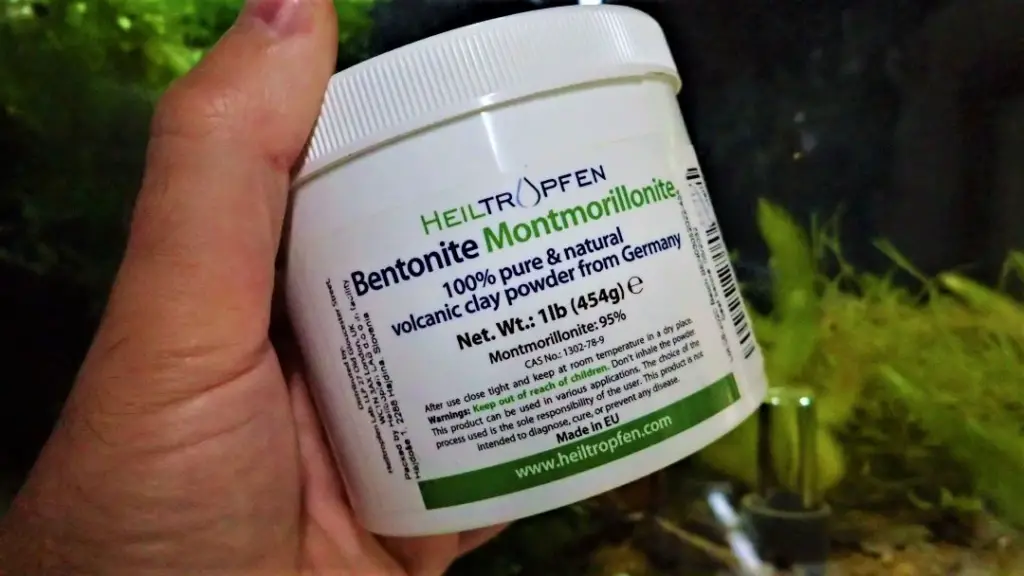
Nutrient Deficiencies and their Consequences
Just as overfeeding can be detrimental, so too can nutrient deficiencies. Feeding Cherry Shrimp an unbalanced diet that lacks essential nutrients can lead to several problems:
- Poor Growth and Development: Without adequate nutrients, Cherry Shrimp may experience stunted growth. Young shrimp are particularly susceptible as they require a balanced diet for proper development.
- Molting Issues: Shrimp need specific minerals, like calcium and iodine, for the formation and shedding of their exoskeleton. Deficiencies can lead to molting problems, which can be fatal.
- Diminished Coloration: A nutrient-rich diet contributes to the vibrant coloration of Cherry Shrimp
 . A deficiency in certain nutrients can result in duller colors.
. A deficiency in certain nutrients can result in duller colors. - Reduced Breeding Success: Nutrient deficiencies can affect the reproductive success of Cherry Shrimp. Females may produce fewer eggs, and the survival rate of the young may be lower.
- Lower Immunity: A balanced diet is crucial for maintaining the immune system of Cherry Shrimp. Nutrient deficiencies can lower their resistance to diseases and infections.
Avoiding these common mistakes and ensuring your Cherry Shrimp receive a balanced, nutrient-rich diet in appropriate quantities is key to their health, longevity, and vibrancy.
and ensuring your Cherry Shrimp receive a balanced, nutrient-rich diet in appropriate quantities is key to their health, longevity, and vibrancy.
Conclusion
Caring for Cherry Shrimp involves providing them with a balanced diet, maintaining ideal water conditions, and replicating their natural environment to the best extent possible. A varied diet, predominantly plant-based, ensures they receive all the essential nutrients. Overfeeding, on the other hand, should be avoided as it can lead to poor water quality. Regular monitoring and timely adjustments can help maintain a healthy, thriving shrimp population.
If you need any help or further clarification on shrimp care, please don’t hesitate to contact me.
Happy Shrimp Keeping!
FAQ
Q: What is the best food for cherry shrimp?
A: The best food for Cherry Shrimp includes a balanced diet of algae, biofilm, and supplementary foods like blanched vegetables, and specially formulated shrimp pellets. In their natural habitat, they are omnivorous scavengers, consuming a mix of plant matter, detritus, and small invertebrates.
Q: How often should I feed my cherry shrimp?
shrimp?
A: Cherry Shrimp should ideally be fed once a day. However, it’s important to note that overfeeding can lead to poor water quality. Therefore, it’s recommended to only provide what they can consume within 2-3 hours. The quantity may need adjusting based on the size of your shrimp colony and the availability of natural food sources in the aquarium.
Q: Do I need to feed cherry shrimp?
A: Yes, while Cherry Shrimp are quite adept at finding food within a well-established aquarium through algae and biofilm, it is still crucial to provide a supplementary diet. This ensures they receive all the necessary nutrients, especially in new or meticulously clean tanks where natural food sources might be scarce.
Q: What should I feed my shrimp?
A: You should feed your shrimp a varied diet to ensure they get a range of nutrients. This can include naturally occurring algae and biofilm, blanched vegetables such as zucchini, spinach, and peas, as well as specialized shrimp pellets or granules.
Q: How do you make cherry shrimp happy?
A: Cherry Shrimp thrive in a well-maintained aquarium that mimics their natural environment. This includes having clean, slightly alkaline water, a temperature between 22-28°C (72-82°F), and plenty of hiding spots like plants, rocks, and driftwood. Also, ensure they have access to a diverse diet and avoid drastic changes in water conditions.
Q: Do cherry shrimp like broccoli?
A: Yes, Cherry Shrimp can eat broccoli. However, make sure the broccoli is blanched (briefly boiled and then cooled) to soften it. Any uneaten food should be removed after 24 hours to prevent it from rotting and affecting the water quality.
Q: Can cherry shrimp eat bloodworms?
A: While Cherry Shrimp can eat bloodworms, it should be given sparingly as part of a varied diet. Remember that Cherry Shrimp are primarily herbivorous, so their diet should mainly consist of plant-based foods. Bloodworms can provide them with a protein boost but overfeeding can cause health issues.

One thought on “What to feed my cherry shrimp?”